Transcendent Computing Emerges

This Article was first published on: Innovation Excellence
Photo Credit: Donna Cleveland / CC_BY
“The Web as I envisaged it, we have not seen it yet. The future is still so much bigger than the past.” — Tim Berners-Lee
The late 70′s must have been a crazy time. Beyond just Jobs and Woz and Gates and Allen, there was Osborne and Bricklin and Peddle and Bushnell. They must have known they were at a tipping point but just couldn’t quite sense the enormity of change that was about to take place. What emerged of course was the era of personal computing.
The late 90′s had a similar feel with Berners-Lee and Andreesen and Metcalfe and Clark. Again, there was this sense of wonder, of a confluence of forces, of a gathering storm of technology and thought leaders who were putting the world together in new ways. There was no perfect prognostication of what was going to happen of course but there were clues and some wild speculation (remember Pets.com?). What developed was the era of connected computing.
Since the 90′s, technology has added so much and changed so much about how we live and work. Most significantly, our computers have become small and mobile. So today we’re in a similar position with Zuckerberg and Cook and Bezos and Musk. Where are we headed? What will be the meme, the core paradigm of this next era? What’s ahead is the era of transcendent computing.
The roots of computing can be traced back to Blaise Pascal, the French mathematician and philosopher. His father was a tax supervisor, and in an attempt to help him speed up the laborious work of calculation, he built a mechanical calculator [1]. This was the first device that automated calculation and was really the first “computer.” The year was 1645, almost 500 years ago. Since then we’ve gone from mechanical contraptions that were massive, isolated, and cumbersome to electronic devices that are small, connected and delightful.
The history goes kind of like this:
Mechanical; Pascal (mechanical calculator), Babbage (difference engine, analytical engine)
Electronic/Massive; Harvard Mark 1, ENIAC, UNIVAC
Big; mainframes (IBM 7000 series, IBM System/360), minicomputers (DEC PDP-1, DEC VAX/VMS)
Cumbersome; cables, punch cards, command line, DOS
Small; Commodore, Apple II, TRS80, Atari, IBM, Osborne, Mac, Amiga
Delightful; Xerox PARC, Lisa, Mac, NeXT, Windows, OSX, iOS, Android
Portable; URL, browser, Mosaic, HTML, WWW, Netscape, IE, web services, responsive web
Mobile; Newton, feature phone, Tablet PC, Symbian, BlackBerry, Windows Mobile, iPhone, Android
In essence we’ve gone from massive to small (size), isolated to connected (networked) and cumbersome to delightful (experience). Today these trends are converging to make computing transcend our location and our devices and simply be about us, about our experience, about the dynamic flow of our life. Before the era of the personal computer, our lives were much less mechanized, automated or streamlined by devices. The network, computing, your “extended brain” if you will, really didn’t exist.
You were who you were without this connected out of body Internet identity being carried around. You didn’t have a Facebook page, a Twitter handle, a LinkedIn profile.
You were simply you.
The interesting and wonderful (perhaps) result of these present emerging forces is that they’re pushing us full circle back to a time when our experiences were really personal, were really about us. The primary difference is that our computing experience is becoming ”always on.” It’s becoming transcendent. Computing is becoming less of an extension of our life, less something that we do task by task and more something that we are, less something popping in and out of our lives and more something that’s ubiquitous, that’s always there, that transcends our location or our immediate task.
How will this era form, how will it play out? Speculation abounds of course but there are many hints already visible. Currently we’re each building our own personal presence on the Internet whether it’s our identity (Facebook, LinkedIn), our ideas (Twitter, Pinterest) or just moments in time (SnapChat, Instagram). At different rates and in different ways, we’re each accumulating data about our work, health, travel, relationships, careers, automobiles and homes.
In essence, we’re each developing a “personal cloud” which is essentially a set of computing platforms constantly aware of our presence, always at the ready to host whatever personal APIs we give them permission for from innovating ourselves. These range from the deeply personal like our home, our car, our robot, our smartphone and our smartwatch to career-oriented platforms like our office or our work computer or retail platforms like stores and restaurants and banks.
With our identity traveling with us and being broadcast from us, many parts of our life will be automated simply by our presence. In other words, computation, automation will transcend location and computing platform. As we move through life, through our day, our computing experience will be woven across and through the “things” in our life.
Retail; Your coffee shop, your grocery store, where you buy clothes, any retailers you choose will have a seamless personally designed connection to you knowing your preferences.
Financial; Your bank, your brokerage, your financial advisory, will dynamically keep you up to date, advising you, monitoring you, adjusting in real time to events in your life.
Health; Your health conditions will be dynamically monitored allowing you automated and seamless guidance on behaviors and healthy habits as well as detection of harmful events ahead.
Career; Your meetings, alerts, email, important issues, will flow in and out of your schedule and your presence in ways that you determine making it easier to react to important issues.
Social; People will move in and out of your day seamlessly whether it’s that friend close by you gave permission to keep connected or that relative on another continent.
Presence; Your environment will adjust to your presence so as you approach your home, the temperature, music, lights, shades, and media will adjust to settings you’ve taught it.
Travel; Your self-driving car will understand your schedule, your preferred routes, your insurance profile and your neighborhood and will make good decisions to get you places safely and on time.
Family; You will have constant access and insight into where your children are and what they’re up to allowing you the chance to give them the guidance and security to turn into smart adult humans.
Insights; A constant flow of data to approved guardians will give you dynamic insights into what’s a good or bad next action including diet, exercise, friendship, career, knowledge, children.
Security; Your car will know who you are and unlock your door as you approach it and the same will go for your house, your office and your place of business.
Reputation; Finally, if you like, a new ”reputation score” will be developed; like a credit score, it serves as an indicator about your future behavior, your insurability, your hirability, allowing employers, insurers or other institutions a basis for the true cost of a relationship with you.
This amazing computing journey that started in 1645 and brought us to and through personal computing and connected computing, now stands poised to blow the doors off those two eras with the era of transcendent computing. Who can predict where this perfect storm of technology and innovation will lead? Wherever it leads, we can surely say it will transform our lives in ways we can barely imagine!





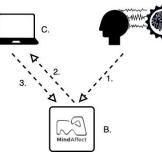
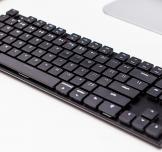
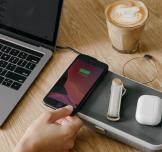

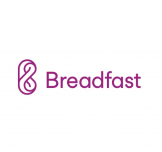


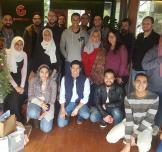
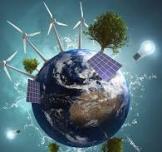


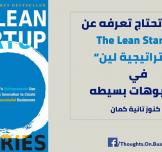


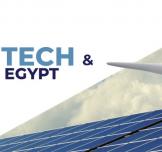
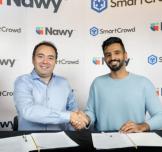
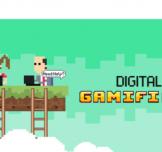














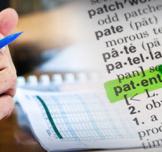
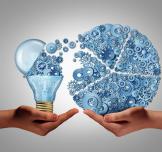
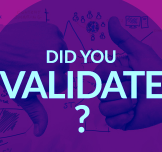
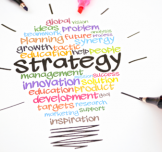

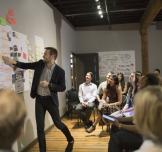
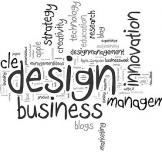
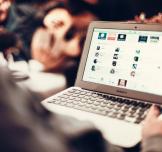
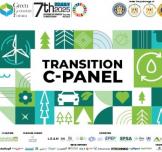

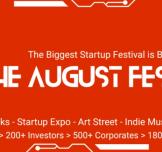

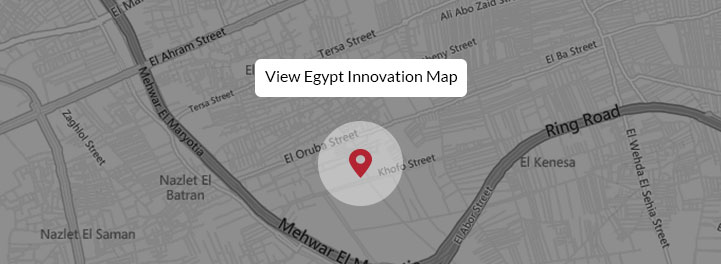
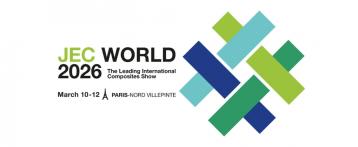
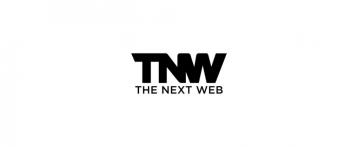
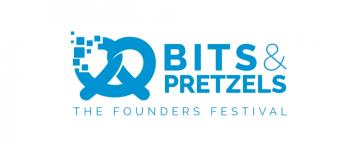
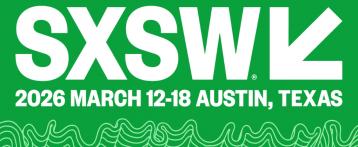
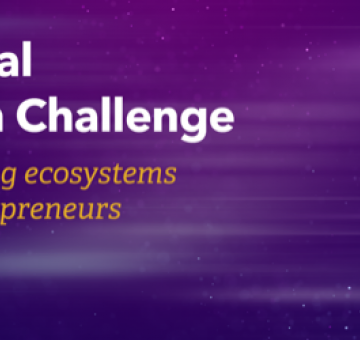
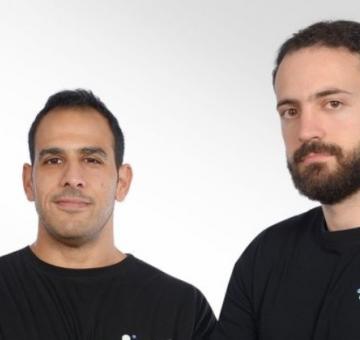



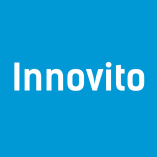



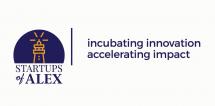
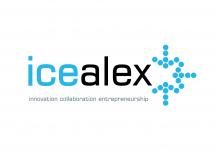




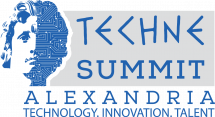
EgyptInnovate site is not responsible for the content of the comments